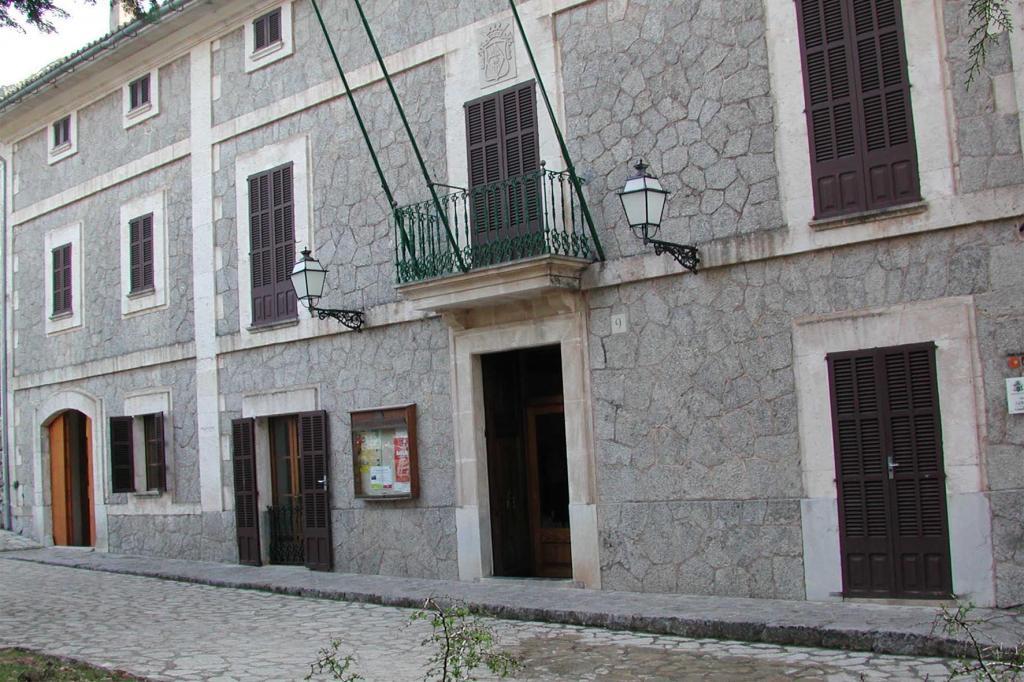The Balearic health ministry's Wednesday figures for the 14-day incidence of new coronavirus cases show that seventeen of Mallorca's 53 municipalities have had no cases. These seventeen, plus five others with an incidence of under 25 cases per 100,000, are classified as being in a situation of "new normality".
The five which have had cases are Algaida, Esporles, Felanitx, Santanyi and Consell. The seventeen without are Ariany, Banyalbufar, Binissalem, Buger, Costitx, Deya, Estellencs, Fornalutx, Lloret de Vistalegre, Petra, Porreres, Puigpunyent, Sant Joan, Santa Eugenia, Sencelles, Sineu and Vilafranca.
At the other end of the scale, there are three municipalities which are classified as "extreme risk" - 250 or more cases per 100,000. These are Soller (342.94), Escorca (471.70) and Mancor de la Vall (662.69).
Escorca has the smallest population in Mallorca. It is not much greater than 200. There has only been the one coronavirus case, but this has been enough to elevate the municipality to extreme risk status. Previously, Escorca was new normality for zero cases and will, in all likelihood, return to new normality (and zero) today. The one new case was recorded in health ministry figures for March 18.
Where Mancor de la Vall is concerned, on March 18 three new active cases were recorded, which took the total to five. By March 22 there were twelve active cases in all. There has been no increase in the number of active cases since then. A decrease started on March 29 and by yesterday, March 31, there were four active cases in the municipality.
Both Escorca and Mancor prove that classifications of risk can fluctuate greatly, especially where there are small population bases. They also demonstrate that these classifications can be somewhat exaggerated if the trend in active cases over several days is downwards or indeed zero.
Soller is perhaps a more meaningful example in that between March 18 and March 31 the number of active cases increased by thirty to 48, a peak (55) having been on March 30. So, if a decrease of seven as recorded in the March 31 figures indicates the start of a trend, the extreme risk classification will not take long to be adjusted.


No comments
To be able to write a comment, you have to be registered and logged in
Currently there are no comments.